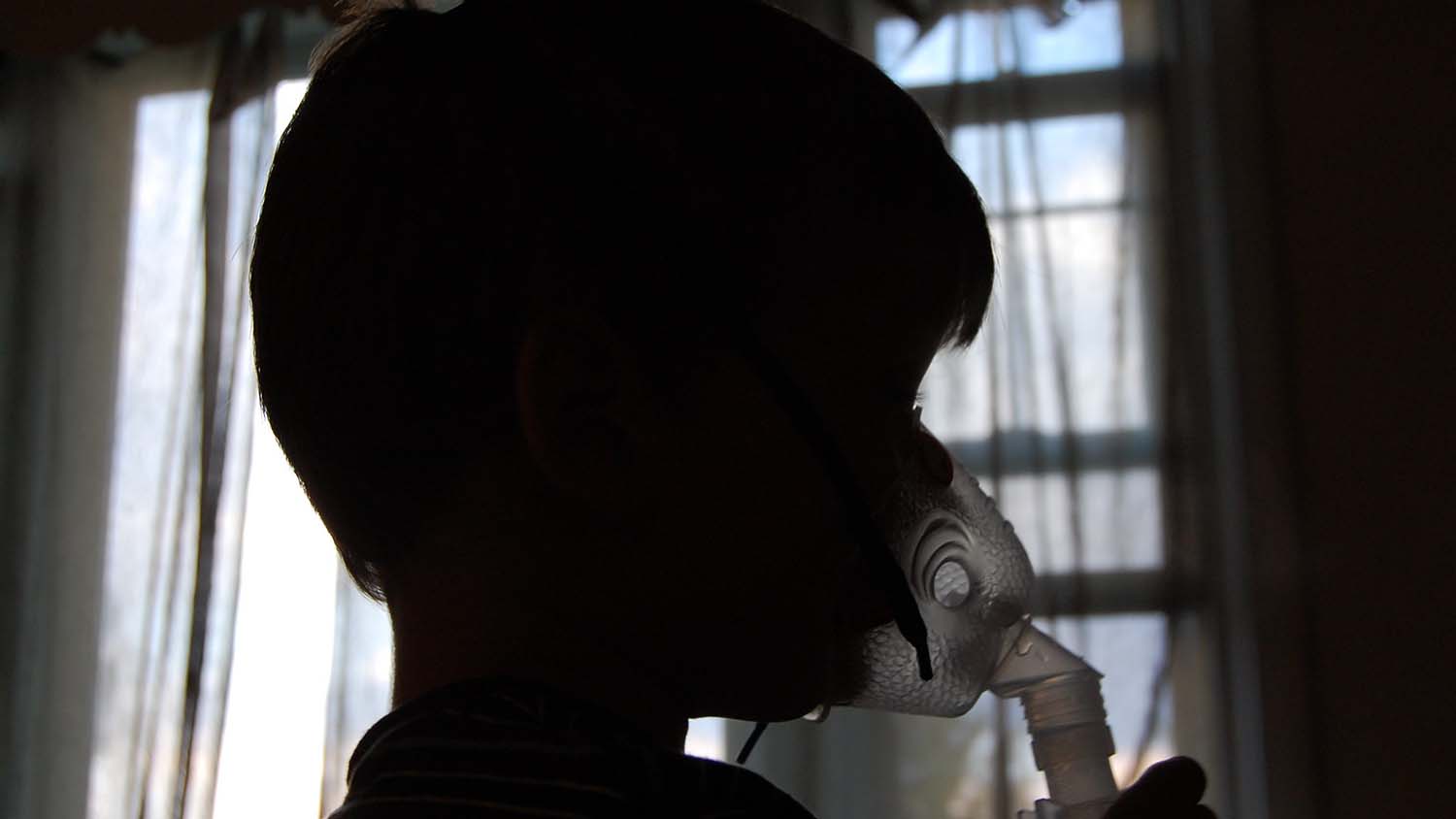Proactive Steps Linked To Reduced Medical Costs, Hospital Visits for Children With Asthma

For Immediate Release
A new study looking at data from tens of thousands of children with asthma finds that several widely available interventions are associated with both reduced medical costs and a reduced likelihood that the children will need to visit an emergency room or stay in the hospital.
“This work shows that you can improve the quality of life for children with asthma and you can reduce government spending by implementing these proactive interventions,” says Julie Swann, lead author of the study. Swann is the department head and A. Doug Allison Distinguished Professor of the Fitts Department of Industrial and Systems Engineering at North Carolina State University.
The researchers looked at data from 2010 and 2011 on more than 70,000 children with asthma enrolled in the Medicaid programs in New York and Michigan. The researchers focused on four interventions: asthma self-management education (ASME); flu vaccine; the use of spacers, which are low-cost plastic tubes that improve the performance of inhalers; and the use of nebulizers, which are devices that convert liquid medicine into an aerosol that patients can inhale.
Specifically, the researchers analyzed the data to understand the extent to which each of these interventions was associated with three outcomes: asthma-related visits to the emergency room; asthma-related visits to a primary-care physician; and asthma-related stays in the hospital. The researchers also assessed the extent to which each intervention influenced costs associated with each child’s asthma medication and so-called “utilization costs” – which are the costs associated with other aspects of a child’s asthma treatment, such the cost of visiting a primary-care provider or hospital.
To address these questions, the researchers plugged the healthcare data into models that allowed them to assess the impact of each intervention separately, compared to no intervention.
“One of the key findings, which should be of interest to policymakers, is that all four interventions were associated with lower medication costs and utilization costs,” Swann says.
And while the numbers varied between states, the decreases in cost could be substantial. For example, being vaccinated against the flu was associated with a 16.4% reduction in utilization expenses and a 15.6% reduction in medication expenses for children in New York. “There can be significant cost reductions associated with a fairly inexpensive intervention,” Swann says.
“Our results suggest that ASME training, and the use of spacers and nebulizers, are also associated with significant decreases in both emergency room visits and hospitalizations,” says study co-author Pinar Keskinocak. “And the flu vaccine helps reduce the number of visits to a child’s primary care provider.” Keskinocak is the William W. George Chair and Professor in Georgia Tech’s H. Milton Stewart School of Industrial and Systems Engineering and the director of the Center for Health and Humanitarian Systems at Georgia Tech.
“It’s important to note that we looked at the impact of these outcomes separately while accounting for other interventions,” Swann says. “You would expect that the more of these pro-active interventions a child has, the greater the positive impact we would expect to see on both their health and on what Medicaid would be asked to spend on their care.”
The study, “Estimating the Impact of Self-Management Education, Influenza Vaccines, Nebulizers, and Spacers on Healthcare Utilization and Expenditures for Medicaid-Enrolled Children with Asthma,” is published in the Journal of Asthma.
The paper was co-authored by Fatma Melike Yildirim, a Ph.D. student at Georgia Tech; Paul Griffin, the St. Vincent Health Chair of Healthcare Engineering at Purdue University; and Jean O’Connor of Emory University.
The work was done with support from the Center for Health and Humanitarian Systems and the William W. George Endowment at Georgia Tech, and the Edward P. Fitts and the A. Doug Allison Distinguished Professorship at NC State.
-shipman-
Note to Editors: The study abstract follows.
“Estimating the Impact of Self-Management Education, Influenza Vaccines, Nebulizers, and Spacers on Healthcare Utilization and Expenditures for Medicaid-Enrolled Children with Asthma”
Authors: Julie Swann, North Carolina State University; Fatma Melike Yildirim and Pinar Keskinocak, Georgia Tech; Paul Griffin, Purdue University; Jean O’Connor, Emory University
Published: Oct. 10, Journal of Asthma
DOI: 10.1080/02770903.2020.1821056
Abstract:
Introduction: We quantify the effect of a set of interventions including asthma self-management education, influenza vaccination, spacers, and nebulizers on healthcare utilization and expenditures for Medicaid-enrolled children with asthma in New York and Michigan.
Methods: We obtained patients’ data from Medicaid Analytic eXtract files and evaluated patients with persistent asthma in 2010 and 2011. We used difference-in-difference regression to quantify the effect of the intervention on the probability of asthma-related healthcare utilization, asthma medication, and utilization costs. We estimated the average change in outcome measures from pre-intervention/intervention (2010) to post-intervention (2011) periods for the intervention group by comparing this with the average change in the control group over the same time horizon.
Results: All of the interventions reduced both utilization and asthma medication costs. Asthma self-management education, nebulizer, and spacer interventions reduced the probability of emergency department (20.8-1.5 %, 95%CI 19.7-21.9% vs. 0.5-2.5% respectively) and inpatient (3.5-0.8%, 95%CI 2.1-4.9% vs. 0.4-1.2%, respectively) utilizations. Influenza vaccine decreased the probability of primary care physician (6-3.5%, 95%CI 4.4-7.6% vs. 1.5-5.5%, respectively) visit. The reductions varied by state and intervention.
Conclusions: Promoting asthma self-management education, influenza vaccinations, nebulizers, and spacers can decrease the frequency of healthcare utilization and asthma-related expenditures while improving medication adherence.


